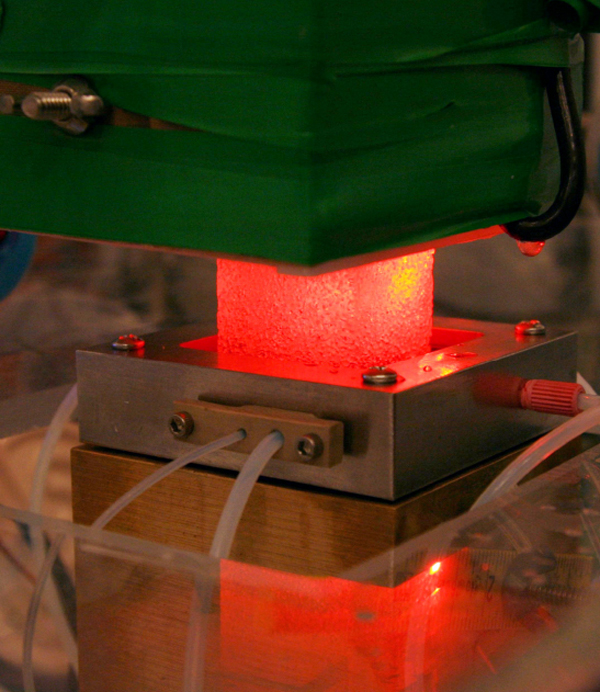1965
Lead Contamination
Clair Cameron Patterson (1922–1995)
Clair Cameron Patterson was an American geological chemist whose work involved establishing long-term radioisotope dating techniques (variations on the idea of carbon-14 dating, but on geological timescales). The decay of uranium isotopes down to lead isotopes, and the ratio of the different lead isotopes themselves, provides dates over billion-year timescales because of the long half-lives involved. Using this, one of his projects was to estimate the age of the Earth, which he did in 1956. It’s about four and a half billion years old—an age scientists still agree is essentially correct.
It was while working on these analyses, which required painstaking measurement of lead levels in many different samples, that Patterson became aware of how much lead was being added to the environment—the atmosphere, the water, and the food chain. Ice cores from Greenland (which could be dated year by year) showed that the addition of tetraethyl lead to gasoline was the biggest contributor, but several other industrial processes were also releasing lead far and wide. His figures showed much larger increases over time than most others in the field could believe, leading to a long period of disagreement with both the lead industry and other analytical chemists. In 1965, he published a book on his findings, Contaminated and Natural Lead Environments of Man, which set off sharp debates among scientists—especially those employed by the lead industry.
They were debates that Patterson—and his data—eventually won. The U.S. Environmental Protection Agency announced a plan to start phasing out leaded gasoline in 1973, and lead was completely removed from automobile gas in the U.S. by 1986 (some aircraft fuel still uses a lead additive, and there are other countries that have not yet completed a phaseout). Similar reductions were made in water pipes, paints, glazes for food storage containers, and other manufactured goods. Lead levels in the blood of an average U.S. citizen began to drop immediately and have continued to decline ever since. Since no safe level of lead in the bloodstream has yet been identified, this is good news indeed, and we have Clair Patterson to thank for it.
SEE ALSO Toxicology (1538), Isotopes (1913), Tetraethyl Lead (1921), Donora Death Fog (1948), Thallium Poisoning (1952)

An ice core from Greenland is melted for trace-element analysis. Such studies showed that leaded gasoline had contaminated the environment in the twentieth century (and interestingly, that the Roman Empire had contributed significant amounts in its day as well).